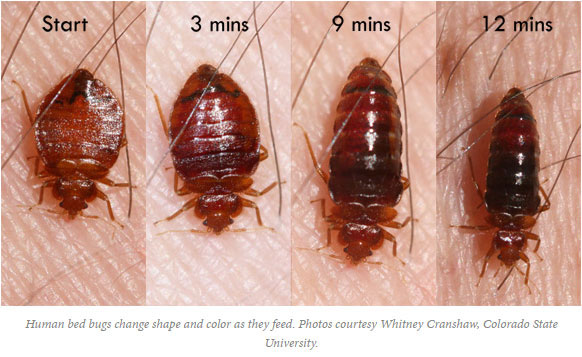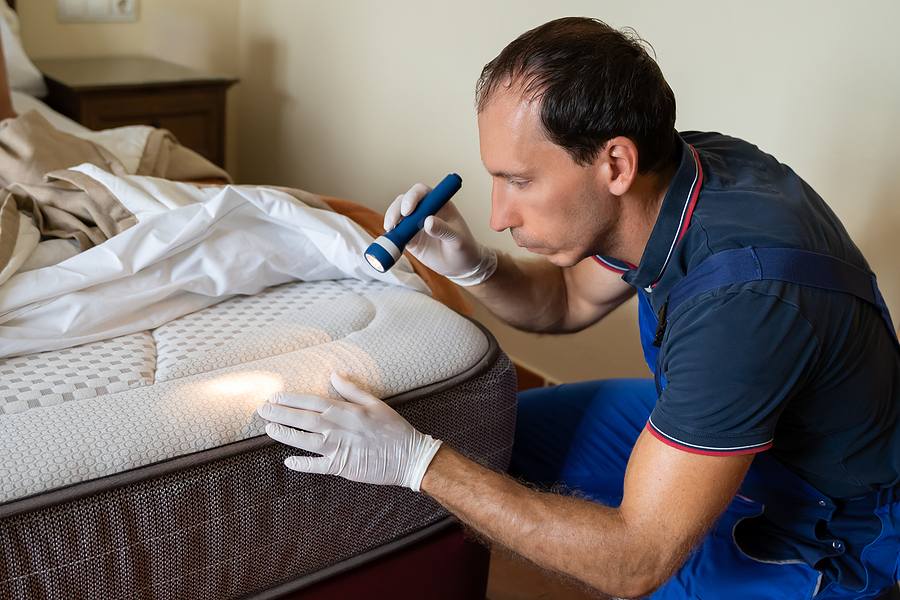Affordable A1 Bed Bug Removal in Houston - Specialist Exterminators
Affordable A1 Bed Bug Removal in Houston - Specialist Exterminators
Blog Article
Recognizing the Lifecycle of Bugs for Targeted Control Approaches
Recognizing the lifecycle of parasites is a basic facet of effective bug administration approaches. By understanding the different phases of development that bugs go through, a much more specific and targeted strategy can be taken on to control their populaces. This expertise not only loses light on the susceptabilities within the parasite lifecycle yet likewise leads the way for applying strategic steps that can interrupt their development and recreation cycles. With a deeper understanding of just how bugs develop and thrive, customized control techniques can be made to resolve details factors in their lifecycle, inevitably causing more effective parasite management end results.
Value of Comprehending Parasite Lifecycle
Recognizing the lifecycle of pests is vital for establishing efficient and targeted control approaches in parasite monitoring. By understanding the various stages a pest experiences from egg to grownup, parasite control professionals can identify prone factors in the lifecycle where treatment can be most successful. As an example, understanding when larvae are most energetic can help establish the ideal timing for using larvicides. In addition, understanding the life expectancy of a pest types can assist in forecasting populace growth patterns and prospective infestation dangers.
Furthermore, identifying the specific ecological problems essential for each stage of the parasite's lifecycle can lead decisions on environment alteration or exemption techniques to interfere with the lifecycle and reduce insect populaces. This understanding allows pest administration professionals to implement aggressive actions instead than depending entirely on responsive treatments, leading to more sustainable and long-term insect control services. Inevitably, an extensive understanding of pest lifecycles equips pest control practitioners to customize their techniques properly, minimizing environmental impacts and making best use of control outcomes.
Trick Phases in Pest Development
To effectively carry out targeted control strategies in bug administration, a critical aspect hinges on thoroughly recognizing and recognizing the essential stages in pest development. Insect development normally contains numerous key stages that are vital for their lifecycle and monitoring. The initial stage is the egg stage, where insects lay eggs that later hatch right into larvae. Larvae after that advance right into pupae, a phase where they undertake transformation before becoming grown-up insects. Comprehending these phases is important as it assists in pinpointing weak spots in the lifecycle where control actions can be most efficient.

Vulnerabilities in Pest Lifecycle
Throughout the different phases of a parasite's lifecycle, unique susceptabilities arise that can be purposefully targeted for effective control actions. One important vulnerability hinges on the egg phase, where bugs are frequently a lot more prone to certain pesticides or organic control representatives due to their soft outer shell, making them simpler targets for intervention. Furthermore, the larval or nymph phase provides susceptabilities as pests go through quick growth and growth, requiring high power consumption that can be exploited by interrupting their food resources or introducing growth preventions. Pupal stages, identified by immobility and makeover, offer a home window for targeted control through physical obstacles or particular treatments that impede effective introduction. Adult pests, while much more resistant due to their reproductive capacity, can still be at risk throughout mating or egg-laying tasks, which can be interrupted with scent traps or sanitation strategies. Recognizing these vulnerabilities in the bug lifecycle is essential for establishing precise and effective control techniques that efficiently take care of insect populaces while reducing environmental effect.
Carrying Out Targeted Control Procedures

Implementing targeted control procedures usually involves a multi-faceted method. This may include habitat modification to make the setting much less friendly to parasites, such as getting rid of standing water for mosquito control or securing entrance factors for rats. Furthermore, biological control approaches can be used, where natural predators or virus are introduced to maintain bug populaces in check.
Integrated Insect Monitoring (IPM) techniques that combine different control measures in a worked with and sustainable way are typically the most effective in accomplishing long-term pest monitoring objectives. By carrying out targeted control actions based on a comprehensive understanding of insect lifecycles, pest populaces can be effectively managed while lessening dangers to human wellness and the environment.
Enhanced Parasite Monitoring Practices

In addition, the consolidation of biological control representatives, such as natural killers or virus of parasites, can help in reducing reliance on chemical pesticides and advertise an extra balanced ecosystem. A1 bed bug removal houston Implementing physical obstacles and catches can likewise belong to improved parasite monitoring practices, supplying safe and targeted remedies for parasite control. Additionally, the usage of scents and various other semiochemicals can disrupt pest mating patterns and interaction, bring about reduced pest populations over time.
Conclusion
By recognizing crucial stages in pest growth and susceptabilities in their lifecycle, targeted control procedures can be executed to decrease pest populaces. Boosted insect administration methods can help decrease the dependence on broad-spectrum pesticides and advertise even more eco pleasant and lasting bug control methods.
Understanding the lifecycle of insects is vital for creating reliable and targeted control strategies in insect monitoring. By comprehending the numerous stages a pest goes with from egg to grownup, bug control experts can recognize vulnerable factors in the lifecycle where treatment can be most effective. Inevitably, an extensive understanding of bug lifecycles equips parasite control practitioners to tailor their techniques efficiently, optimizing and reducing ecological effects control end results.
By applying targeted control procedures based on a detailed understanding of bug lifecycles, parasite populations can be effectively controlled while minimizing threats to human wellness and the setting.
By recognizing essential stages in bug advancement and susceptabilities in their lifecycle, targeted control procedures can be carried out to minimize pest populations.
Report this page